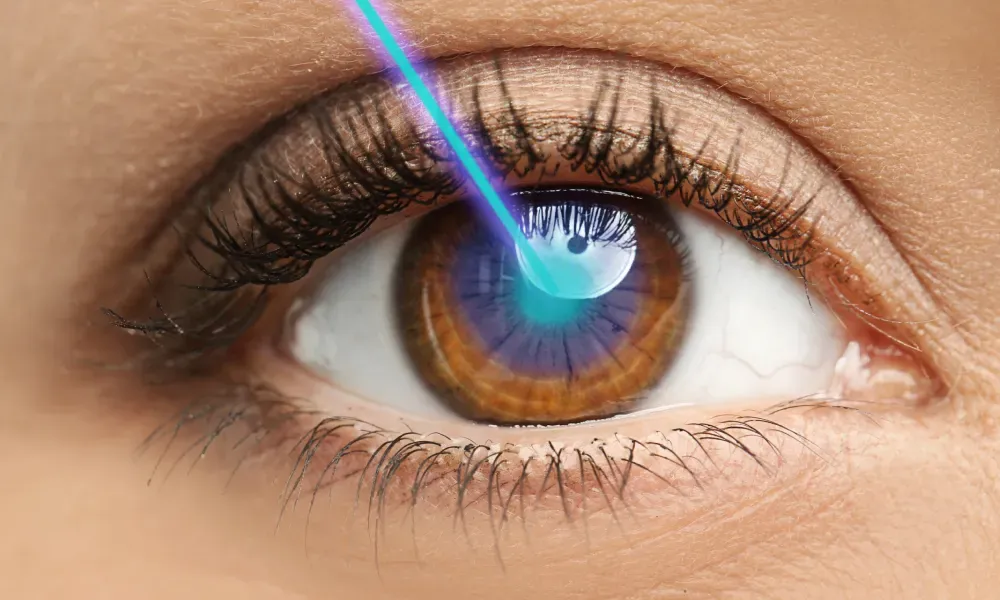Periodontal disease is the most common chronic disorder that has plagued humans for centuries. It is considered the leading cause of tooth loss if not treated on time since it leads to a progressive deterioration of the gums and the underlying jawbone.
A comprehensive approach to periodontal disease offered by the dentist in Easton, MA helps detect the disease at an early stage that paves the way for successful oral rehabilitation.
An introduction to periodontal disease
Periodontal disease, popularly known as gum disease, refers to an infection of the tissues that surround and hold your teeth in place, namely the gums. It results in gradual damage to the gums and underlying alveolar bone.
Causes of periodontal disease
Bacteria is the most common etiological factor that, when left untreated, can lead to the formation of plaque (a thin, sticky biofilm) that adheres to the tooth surfaces. This paves the way for increased bacterial infiltration that eventually hardens to form calculus. As the infection spreads, it can erode the gums and destroy the underlying jawbone.
Risk factors:
- Genetic predisposition
- Poor oral hygiene
- Puberty, pregnancy, and menopause due to hormonal changes
- Smoking
- Stress
- Medications such as immunosuppressants and those that reduce saliva production
- Certain autoimmune diseases like lupus
- Heart or respiratory disease
Alarming signs of periodontal disease
Some of the common and obvious signs of periodontal disease include:
- Red, swollen gums
- Tender, painful gums
- Persistent bad breath (halitosis)
- Pain when chewing
- Poor bite due to malocclusion
- Receding gums
- Increased tooth sensitivity
- Loose teeth
Treatment options for periodontal disease
Your dentist will recommend any one of the following treatment options depending on the severity of the disease.
Treatment options include:
Non-surgical options: For mild to moderate cases
- Professional dental cleaning
- Supragingival cleaning
- Deep subgingival scaling
- Root planing
- Medications
- Antibiotic gels
- Antimicrobial mouth rinse
- Enzyme suppressants
- Gingival pocket irrigation
Surgical options: For moderate to severe cases
- Pocket elimination surgery
-
-
- A flap surgery to reduce the size of the gingival pocket between the gums and the teeth.
-
- Tissue regeneration
-
-
- A biocompatible layer or membrane is inserted into the affected area to promote regeneration of the tissues.
-
- Gum grafting
-
-
- Helps to reattach the lost gingival tissues on the exposed tooth surface
-
- Bone grafting
-
-
- Aids in bone regrowth using graft material.
-
- Dental implants
-
- Replace lost teeth by mimicking the tooth roots to provide anchorage to permanent restorations like crowns and dentures.
Knowing the alarming signs of gum disease can be helpful in the long run. It helps evaluate your oral health and determine when you may require professional dental care.




